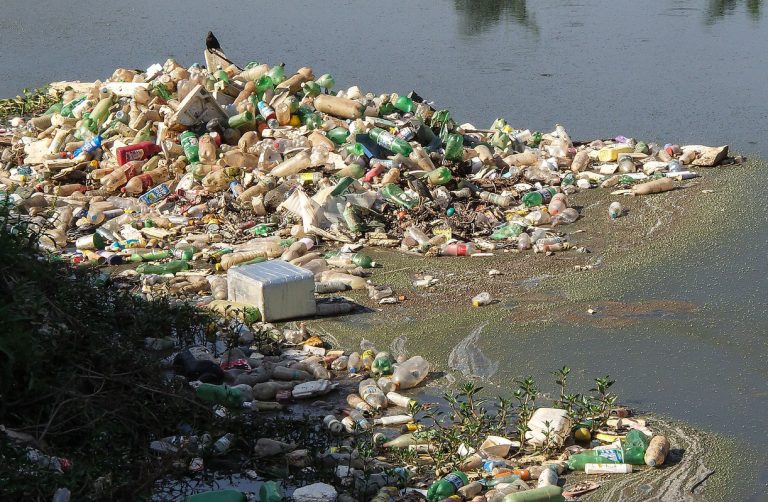
This term describes a vortex of trash that moves through the norther pacific gyre’s current. It is identified through the hight concentration of plastic particles, chemical sludge and other trash, that have accumulated in the current. According to researchers from The Ocean Cleanup the area of the patch covers 1.6 million square kilometers with a concentration of 100kg per square kilometer in its center and 10kg per square kilometer in its outer areas. 80,000 metric tons of plastic are estimated to circulate in the patch, that consist of approximately 1.8 trillion pieces. 92% of the pieces are larger than 5 millimeters and therefore do not fall under the category of micro plastic. Experts state the majority of the pieces is however still not visible from a boat, plane or satellite. Therefore there are only estimates of the size of the patch. These estimate differ between the size of Texas and the size of Russia. Differences in exact definitions and standards for elevated pollution cause these distinctions.
The U.N. Ocean Conference believe that plastic will outweigh fishes in the oceans by 2050. Already nowadays marine animals are observed to consume more and more plastic. These pieces stay in their stomach and become part of the food chain, eventually ending on the plates of humans. In addition can animals get trapped in plastic nets and rings and die as a consequence. Animals that are most effected by this are sea turtles. Also birds, such as albatrosses, are highly effected by plastic. An investigation on the albatross population of the Midway Atoll shows, that every single bird is likely to have plastic in their digestive system. Many of the birds that already die as chickens have been fed plastic and died from it. Approximately five tons of plastic gets fed to the albatross chicks every year.
In the past years increasing research has been carried out on possible cleanup methods. In 2012 the Dutch aerospace engineering student Boyan Slat presented a possible method that could clean around 50% of the garbage patch within five years and might be so efficient, that it even would be profitable. Too little concrete action has been taken till now though world wide, to convey a positive outlook for the development in the future. On the other side are we not giving up hope and believe that a change is possible. There is indeed growing awareness and advocacy around the world and we all have to make sure that this development turns into individual and political action.



